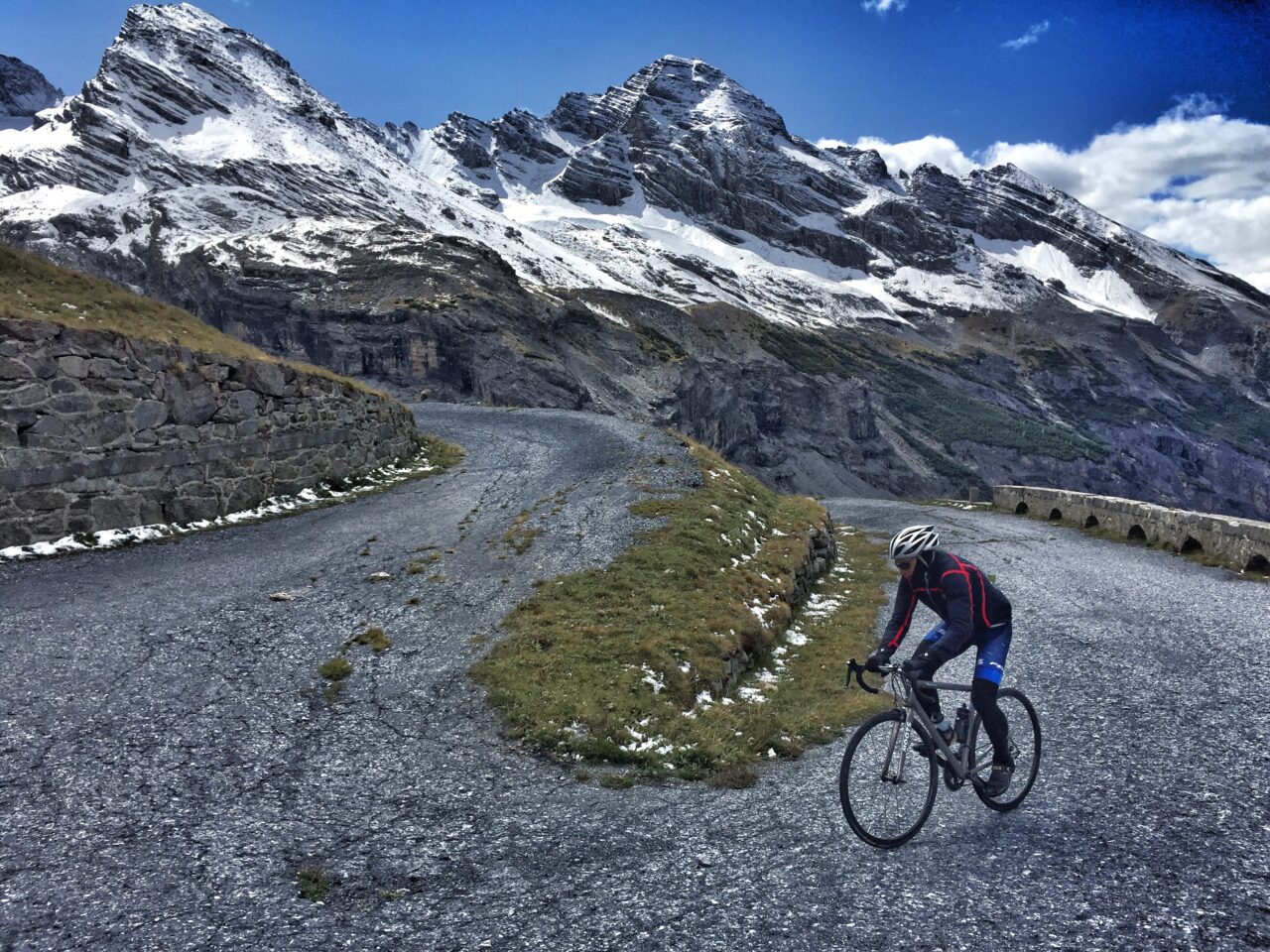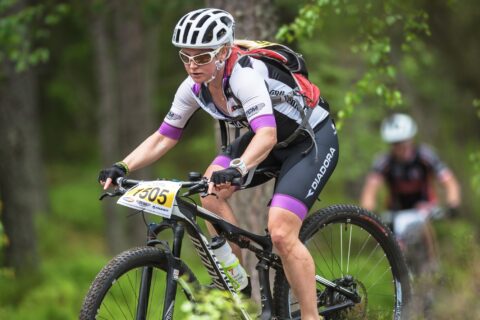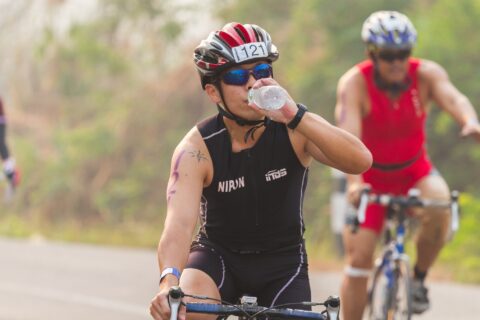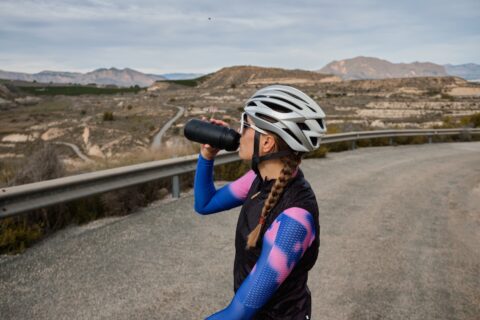Training and racing at elevation can have a significant impact on performance. We explore some ways to improve your preparation for races at altitude.
Training and racing at elevation can have a significant impact on performance. We explore some ways to improve your preparation for races at altitude.




